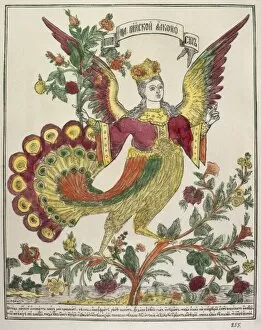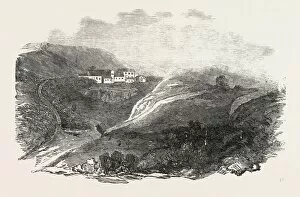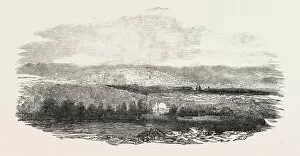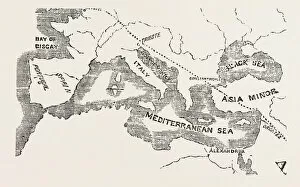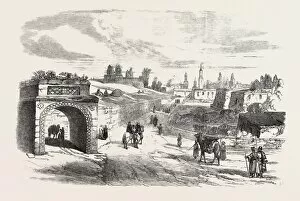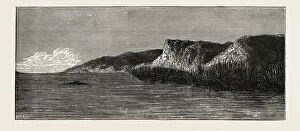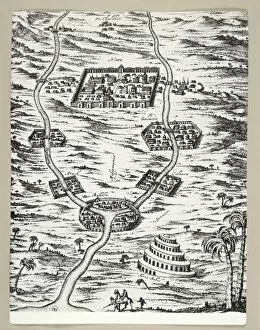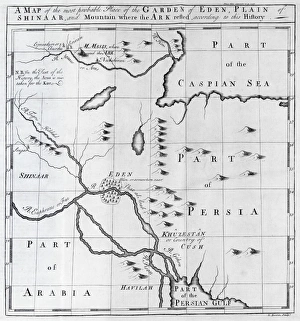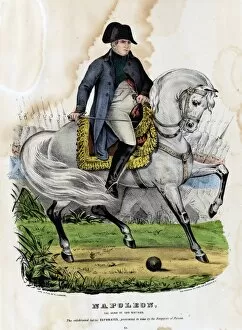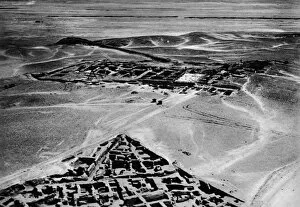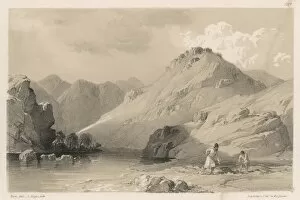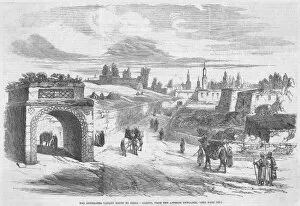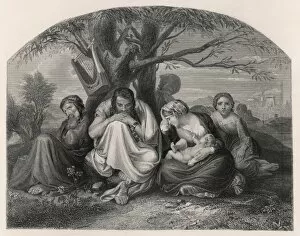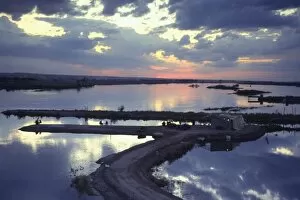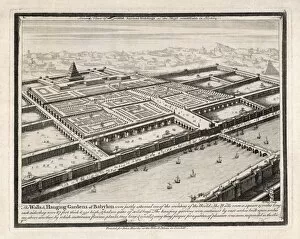Euphrates Collection (page 4)
The Euphrates River, flowing through the heart of ancient Mesopotamia, holds within its waters a rich tapestry of history and legends
All Professionally Made to Order for Quick Shipping
The Euphrates River, flowing through the heart of ancient Mesopotamia, holds within its waters a rich tapestry of history and legends. One such tale is that of the Hanging Gardens of Babylon, an architectural wonder said to have adorned the banks of this majestic river. As I gaze upon a coloured engraving depicting the Euphrates and Tigris rivers, my mind wanders to Iraq's Babylon and Calmet's intricate illustrations. In this valley lies a place where tradition locates the Garden of Eden – 250 miles north along the Euphrates. A physical map from c1915 reveals the vast Ottoman Empire encompassing these lands, while another depiction showcases a clash between the Omayyad Caliphate and Byzantine Empire in circa 748 AD. As I delve deeper into history, I come across Sirin: The Bird of Paradise captured in vibrant litho colours. It reminds me that nature has always found solace amidst these fertile lands nourished by the Euphrates' life-giving waters. A bridge spanning over this legendary river at Jarabulus in Syria stands as a testament to human ingenuity and resilience. Albrecht Durer's woodcut artwork portrays four avenging angels guarding over this sacred waterway during "The Battle of Angels, " as described in Saint John's Revelation. Lastly, my thoughts turn to John Martin's illustration showcasing "The Fall of Babylon" from his biblical series created in 1835. This powerful image captures both awe-inspiring grandeur and inevitable decline - reminding us that even mighty civilizations can crumble under time's relentless march. Thus, with every brushstroke painted by artists or etched into historical records, we are reminded that beyond being just a geographical feature on maps or photographs frozen in time; The Euphrates embodies an enduring symbol connecting humanity to its past - an eternal witness to triumphs and tragedies, to legends and legacies.

